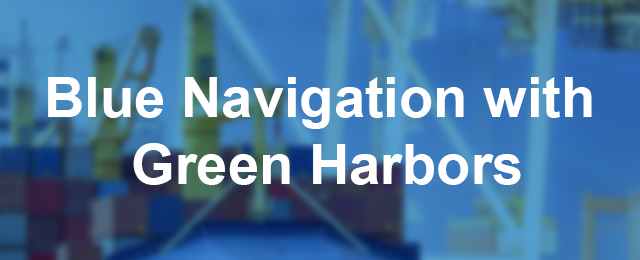Major Upgrade Scheduled for the Port of Kaohsiung’s Automatic Gate Sentry Post Control System
Thirteen years have passed since the Port of Kaohsiung, a subsidiary of the Taiwan International Ports Corporation, opened its Automatic Gate Sentry Post Control System and first automated vehicle lanes in 2004. The scope of system coverage has continued to grow through the intervening years and now provides reliable, 24-hour customs-clearance services across all commercial port districts and the port’s free-trade zone. However, advances in related technologies have opened the way to rethink and further improve this system by using new technologies and applications associated with the Internet of Things (IoT), artificial intelligence, and big data to expand system applications and improve service quality.
To effectively accommodate the rapid growth in handled volumes and sharpen its competitive edge, the Port of Kaohsiung introduced its Automatic Gate Sentry Post Control System in 2004. As of this year (2018), the system has expanded the number of automated vehicle lanes to 40, with 20 each for arriving and departing vehicles, respectively. The original system’s use of OCR, RFID, infrared sensor, and networked camera surveillance technologies allowed effective, automated, and traceable control over vehicle, personnel, and cargo movements into and out of the port. Installation of the system reduced the average time needed to handle the port’s annual 8.39 million vehicle entries and departures from 4 minutes per vehicle to just 20 seconds per vehicle. In addition to significantly raising efficiency, the system significantly reduced the harbor police force’s inspection burden. Faster vehicle throughput also reduced overall vehicular emissions, cutting an estimated 2.937 million kg in annual carbon emissions.
Maturing IoT, AI, and big-data technologies offer opportunities to expand the Port of Kaohsiung’s Automatic Gate Sentry Post Control System in new directions. TIPC has already worked to integrate IoT technologies into the tracking of hazardous material entry and departure records. Moreover, TIPC plans to integrate current container-yard systems and CCTV capabilities with AI analysis, big data applications, and standard mobile equipment in order to comprehensively monitor traffic conditions in and around the port and provide real-time route suggestions, with services expected to be up and available by the end of 2019. This new service will give all users of port roads, especially shipping and transport companies, the ability to adjust their route plans based on accurate, up-to-the-minute traffic information in order to further streamline container-yard operations and reduce operating costs.
Provided by:Information Technology Department, Port of Kaohsiung, TIPC
Contact Person:Hsun-neng Liu, Director
Telephone No.:07-5622650
E-mail Address:T02001@twport.com.tw



 LINE ID: @737qilqg Service Hours: 9:00 am - 06:00 pm on work day
LINE ID: @737qilqg Service Hours: 9:00 am - 06:00 pm on work day